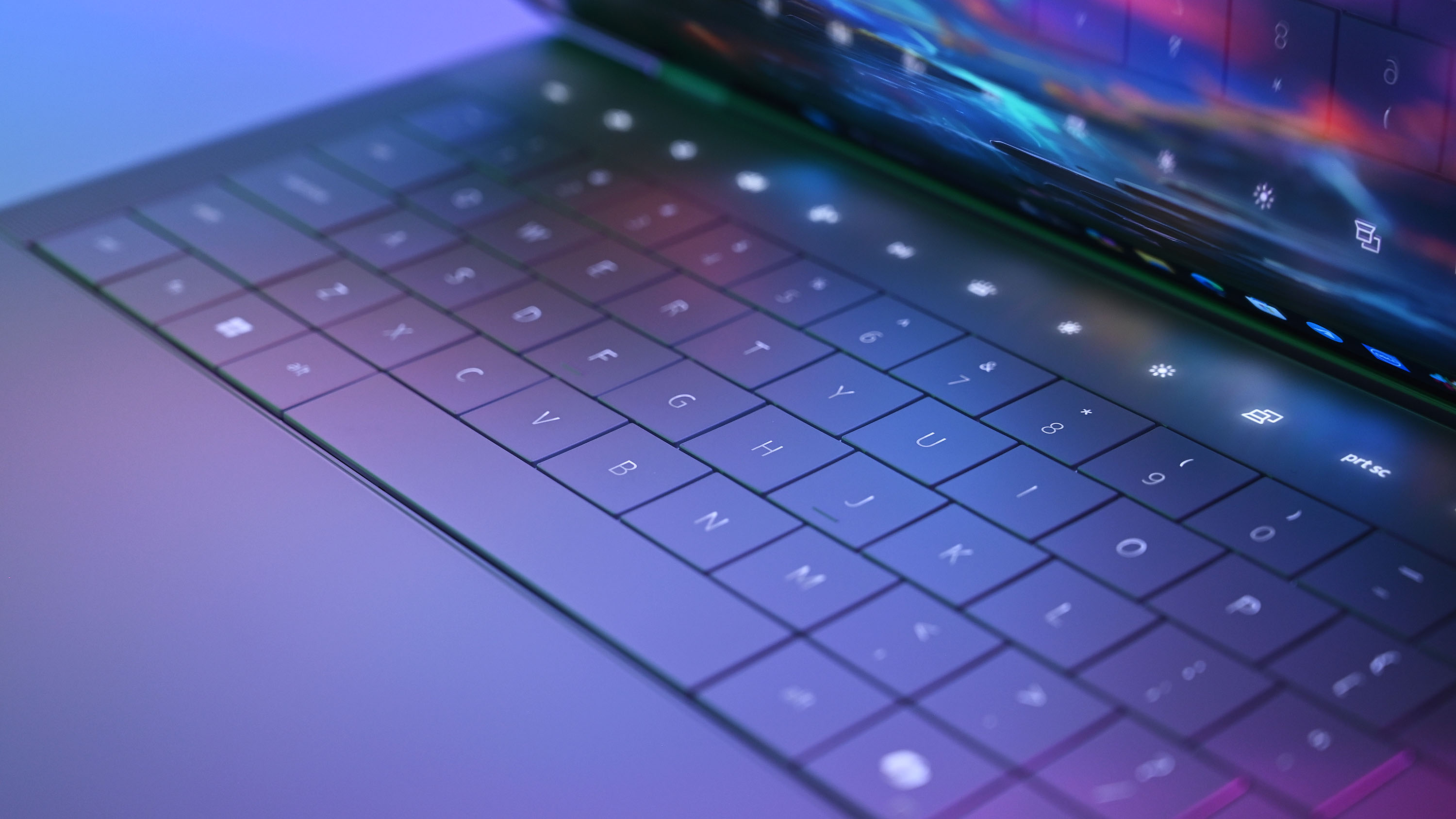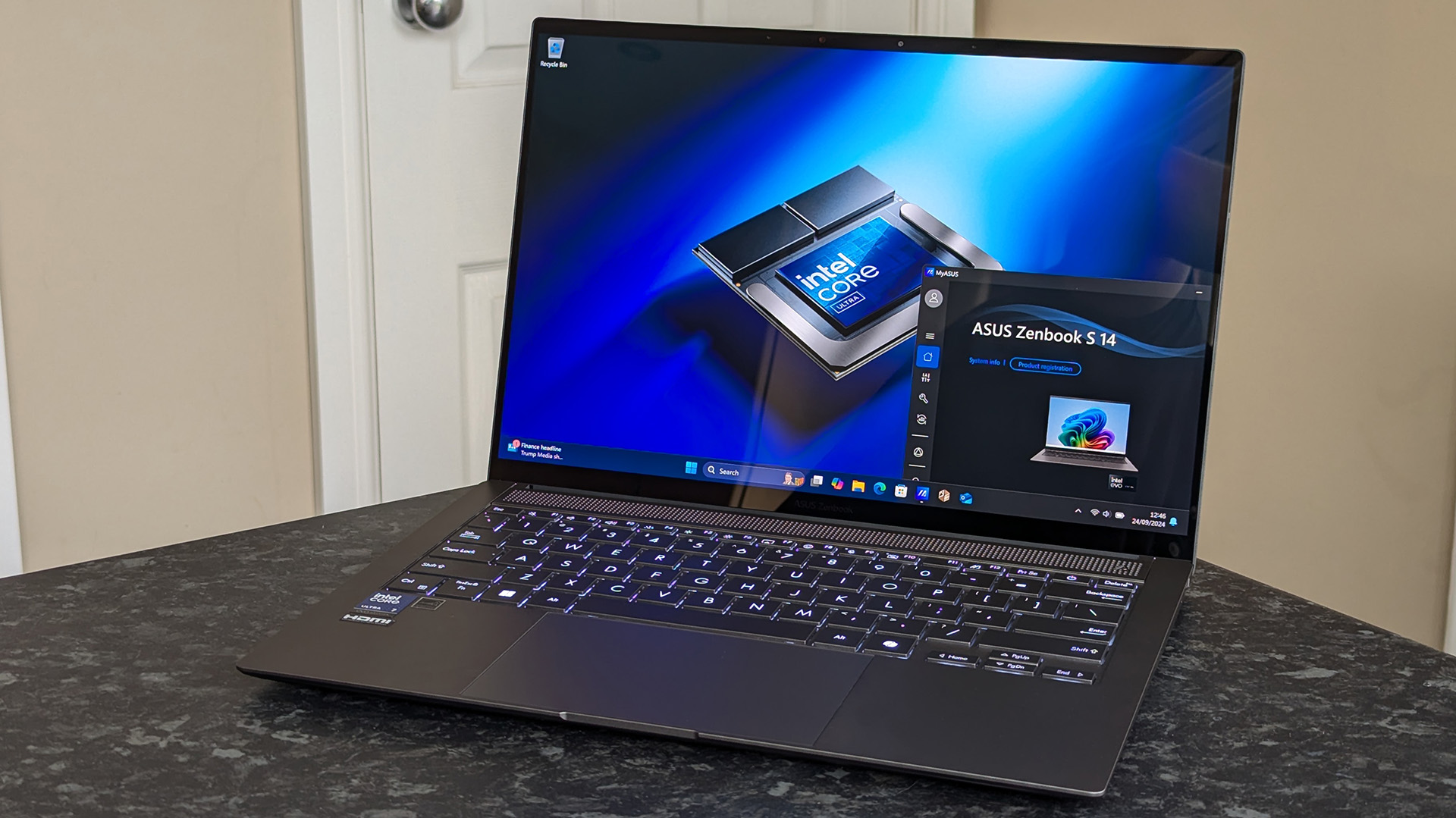2024 was the year of AI, but was it the year for AI PCs? Sales figures and an expert analyst paint a different picture when it comes to AI personal computing. Semiconductor analyst Daniel Newman said that the “bad news is the AI PC and AI smartphone “supercycle” has more or less been a bust.” When that b-word gets thrown around, it can cause panic among investors and general consumers and create a bleak picture, but Newman’s comments need to be placed in context. Luckily, he did that for us with a lengthy post on X.
Curious what happened with Micron? And is the AI trade about to implode? 👇🏻👇🏻👇🏻Yes—Big whiff on the forecast for Micron and it really couldn’t have come on a worse day as a hawkish rate cut sent most of the market in a tailspin. The issue with the forecast requires an… pic.twitter.com/ckEA1lsU8ODecember 19, 2024
So, are AI PCs a bust? Was the hype for Copilot+ PCs overblown? Do people even want AI PCs? There’s a lot to digest here.
Wibbly wobbly AI PCs
In Doctor Who, the Tenth Doctor described time as “a big ball of wibbly wobbly, timey wimey stuff” to explain the complexities of time itself. I’m not the word sleuth the writers of Doctor Who are, and me delivering a similar line would not hold the gravitas of David Tennant’s Doctor, but I would argue that Copilot+ PCs and AI PCs have a similar level of complexity.
In a sort of “all squares are rectangles, but not all rectangles are square” situation, our collections of the best AI PCs and the best Copilot+ PCs have little overlap. A major factor in that difference is that until recently, all Copilot+ PCs ran Qualcomm Snapdragon processors, including the Snapdragon X Elite and Snapdragon X Plus. There are now Intel-powered Copilot+ PCs, such as the ASUS Zenbook S 14, and AMD Copilot+ PCs are a thing as well, but for the majority of 2024, only Snapdragon PCs held the moniker.
So, while it is true that Qualcomm only had a 0.8% market share of PCs sold in Q3 of 2024 and just 720,000 PCs sold in that time had Snapdragon X chips, those facts do not paint a full picture of the demand for AI PCs. Some people can’t use Windows on Arm PCs because of app compatibility. Even those who can use Arm PCs for their workflow may be cautious due to reviews. Tech enthusiasts may know every app they use and will ever use, but I know a lot of people who see “not all apps work” and just write a device off completely.
Windows on Arm
Analyzing AI PCs in 2024 is impossible without addressing Windows on Arm. Microsoft has spent years improving the computing experience on PCs powered by Arm chips. Windows 11 version 24H2 improved the OS’s performance on Arm-based devices, and Microsoft’s Prism emulation technology makes non-native apps run better on Arm PCs. The list of the best native Windows on Arm apps grows monthly and includes big names such as Google Chrome, Adobe Photoshop, Davinci Resolve, and Blender.
If you’re a Windows on Arm enthusiast, 2024 was the best year the platform has ever seen. But “best-ever” and “good enough for everyone” are different things. Some apps still do not work well on Windows on Arm. Some enterprise IT admins and users can’t even consider Arm PCs because of certain legacy apps or programs that don’t play nicely with Windows on Arm. There are creators in the same boat.
Intel and AMD Copilot+ PCs
Luckily for those who want an AI PC running on a non-Arm processor, Intel and AMD are here. It took a while, but non-Arm Copilot+ PCs are here and promise full app compatibility and AI features.
“It’s hard to deny the killer appeal of a comparable x86-64 chip from Intel, especially if it can compete with the phenomenal battery life metrics delivered by the Snapdragon X platform,” said our Ben Wilson when discussing the Intel Core Ultra Series 2 processor inside the ASUS Zenbook S 14.
Full app compatibility in an AI PC is a strong prospect that could turn heads in 2025 as devices like the Zenbook S 14 become more common. Another huge factor is that PCs with Intel’s latest chips can get a battery life similar to Snapdragon X-powered systems.
“I expected to see an impressive number as Intel had set its sights on achieving significant leaps in power efficiency, but seeing the Core Ultra 7 258V match and even surpass the multi-day lifespan of Qualcomm’s Snapdragon X Elite chips is incredible,” said Wilson. Those figures were from synthetic benchmark results, but they show the potential of the chip.
Of course, AI PCs powered by Intel and AMD processors have been around for a while, but it was not until recently that they could be marketed as Copilot+ PCs. That moniker requires a system to meet certain requirements, such as having an NPU with at least 40 TOPS of performance. Copilot+ PCs get access to exclusive features not available on other AI PCs, such as Windows Recall, Click To Do, Live Captions, and real-time translation. Those features are now in testing on Intel and AMD Copilot+ PCs.
Since we didn’t get Copilot+ PCs powered by Intel and AMD chips until late this year, we’ll have to wait to see how the landscape changes. Now that there are options with Qualcomm, AMD, or Intel chips, there’s a chance that AI PC sales will take off in 2025.
AI or upgrades?
Another factor in all this is if people actually want AI PCs. If someone purchases a Surface Pro 11, it may just be because they love the device and its form factor. The fact that it’s a Copilot+ PC with some AI features may not even be a thought in their purchasing preference.
IDC reported that AI is not a driving factor in purchasing PCs, at least not at the moment. AI PCs that are sold are often sold due to other reasons, such as those devices having the latest internals and premium specs.
In our Surface Pro 11 review, our Editor-in-Chief, Daniel Rubino, explained that the device “blows every past Surface Pro away and competes with the best Windows laptops.” The PC also gets 10 hours of real-world usage, has an “amazing” OLED display, and has “the best cameras and mics you’ll find on any Windows laptop.” Those all sound like things people would want in a 2-on-1 regardless of any AI features.
Rubino also said the Surface Pro 11’s “AI is underbaked.” The hardware is there, and there is a path for powerful AI tools, but at the moment, there are few must-have AI features on Windows 11.
Are Copilot+ PCs Dead on Arrival?
Copilot+ PCs were not dead on arrival but did not have the launch many hoped for. The “total disaster” of the Copilot+ PC launch on Microsoft’s side, including the delay of exclusive features, dampened the platform’s impact. The Copilot+ PC name being reserved for Qualcomm Snapdragon-powered PCs running Windows on Arm did not help the rollout either. Technical definitions of what is or isn’t a Copilot+ PC and the fact that not all AI PCs are Copilot+ PCs also muddied the waters for shoppers.
Microsoft, Qualcomm, Intel, and AMD have laid the groundwork for Copilot+ PCs to do well, but we have not seen that translate into real-world success yet, at least not to the level Qualcomm hoped to see.
The true test for Copilot+ PCs will be in 2025. In that year, we’ll need to see people choosing to purchase Copilot+ PCs en masse and on purpose rather than just grabbing devices with the latest specs. If we’re having the same discussions about Copilot+ PCs next December as we’re having now, Microsoft, Qualcomm, Intel, and AMD may need to press the panic button.









